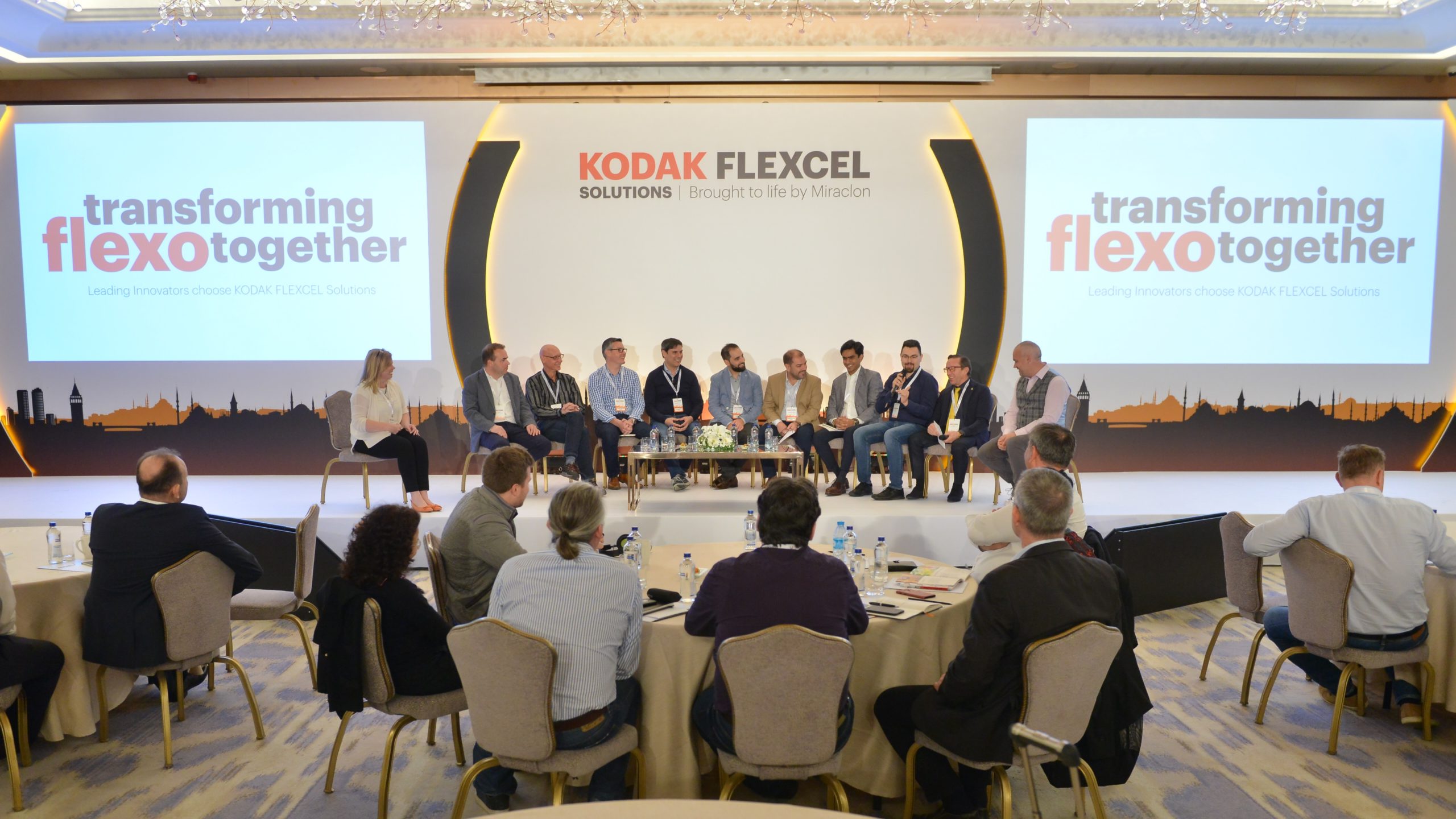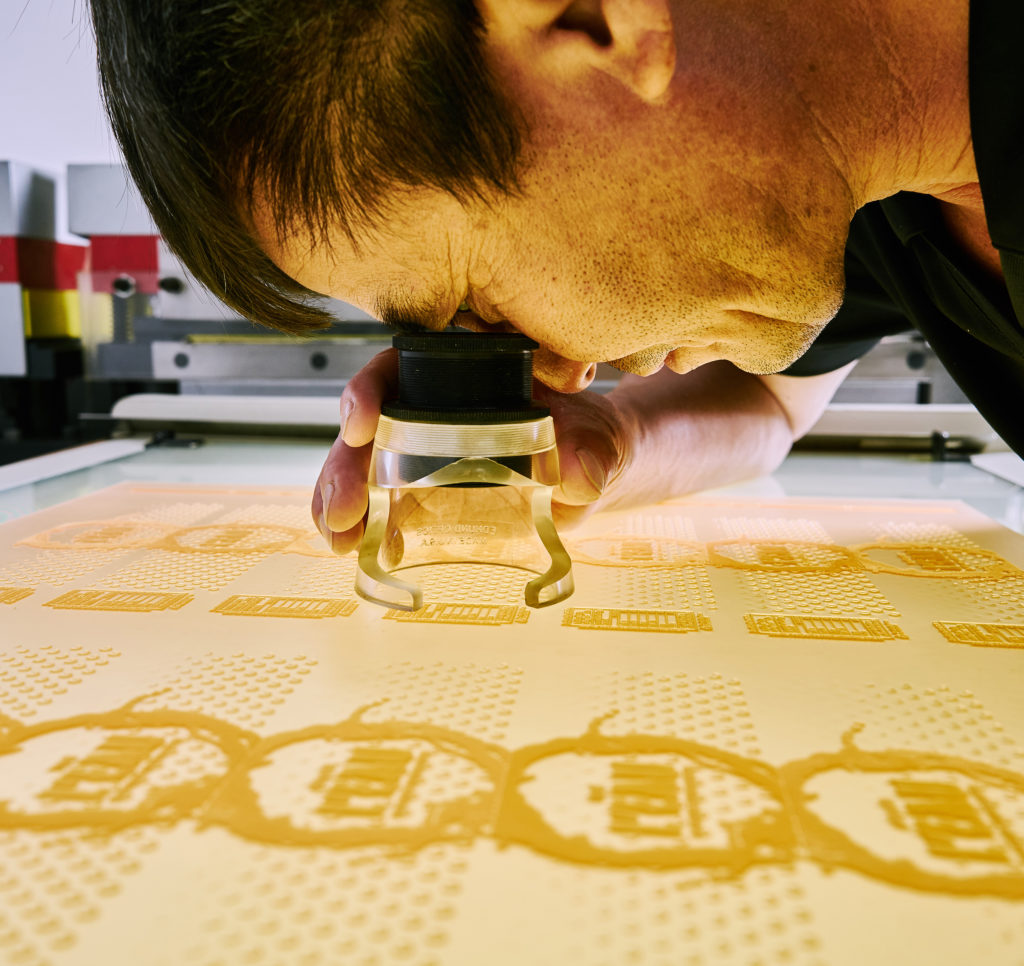Flexo: A lifelong fascination
It’s now over 35 years since Stefano d’Andrea fell in love with flexo. Here the Global Flexo Awards judge tells us what he’s anticipating from this year’s entries…
I find it fascinating to see the proper use of flexo technology. I love seeing people exploiting the strength of the printing process for what it can do – and that’s why I wanted to be part of the Global Flexo Innovation Awards.

I was first struck by the potential of flexo back in high school. In 1984 our printing technology teacher set us an assignment to report on the Grafitalia trade exhibition. No one else bothered going. I spent hours there learning about photopolymer plates and things, and came back to class with a bunch of samples. I scored 10/10. I knew then that flexography was something I should grow and take care of.
Maximizing results
The challenge in the flexography process is to obtain good results by using less. So, I’m looking forward to seeing samples that show good image and color reproduction, and readable text, while reducing the number of colors, the amount of ink, and the use of redundant elements – and the weight – of the packaging.
“The surface structure of Flexcel NX really helps lay down the ink in a properly sustainable way… flexo also uses less energy for drying or curing.”
Sustainability is one of the hottest aspects in packaging now, but that sustainability has to be achieved with intelligence. It can’t just be greenwashing. Plastic, for example, can be more sustainable than biodegradable materials, which obviously can’t be reused, or recycled paper or cardboard, which contain mineral oils derived from inks. I’m always pointing out that plastic has no legs: it is people who throw packaging into our environment.
Flexo can contribute to this sustainability effort. It allows you to use better inks with higher performance, so you can use fewer layers of ink on the substrate. The surface structure of Flexcel NX really helps lay down the ink in a properly sustainable way, as it doesn’t leave pinholing or mottling on the surface of the layer. But it’s not just about the ink quantity; flexo also uses less energy for drying or curing.
The transformation of flexo
Flexo has changed so much since I first became involved. I remember I was knocking on the door of printers in 2008, and no one was interested in flat-top dots back then because they felt digital could do better. But in the decade that followed, everyone changed their mind.
My take is that print buyers aren’t expecting to see the Mona Lisa. They’re expecting predictability and repeatability. And the only way to offer this is to really know the process before you print. But flexo isn’t a closed system where you can just click a button and have everything done. The user needs to integrate all these different technologies, and the only way to do that is to understand how they work.

Understanding your process
As judges we often want to know that’s clear. We want the story of how and why people did things, rather than stopping at the aesthetics of the packaging. Why did you use that particular ink, that color or folding? How does it merge with the technical needs of the packaging or the product being packed? And how did all this match the features of the flexo process?

I want to know how they’ve converted gravure to flexo, for example. How they achieved the same characteristics using different quantities of ink, and when transferring the ink to the substrate in a totally different way. That’s not easy.
Discussing all this with other judges presents a fantastic chance for me to grow. People can look at the same sample with different eyes, and it’s always great to hear the opinion of others. It’s good for my personal knowledge and understanding.
I don’t want to appear too conceited or arrogant, but it’s quite rare I see something in print I’d consider a real innovation. I see plenty of people improving how things are done, making a better use of existing technologies. I’d hesitate to call that innovation. But I’d be happy to be proved wrong on this…
Stefano d’Andrea is a flexography consultant and trainer, and a judge for the Global Flexo Innovation Awards. A FIRST Certified Implementation Specialist – Level III, his work as a teacher and trainer also includes collaboration with Atif, the Italian Technical Association for Flexography and with FTA Europe.